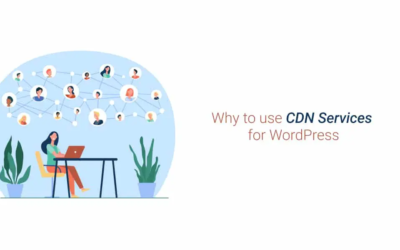Building a brand relies solely on the visibility that you can create and to build this foundation, Search Engine Optimization has become a must in today’s market. A few years ago, it would be normal for people to be unfamiliar with the concept of SEO but in today’s digital market, everyone knows and implements SEO practices in their way. Despite these efforts, have you been reaping the reward for your work?
Why Care About SEO?
The difference between good and bad SEO content can make or break your reach. You need to start by first understanding that just adding keywords or creating super lengthy articles won’t boost your reach. Many people who believe that they are creating good SEO content oblivious to the fact that they are contributing to bad SEO. But how does one know the difference?
Studying the Game:
One of the reasons why SEO content is always talked about is because SEO content is always changing, or at least the way it gets selected is. The reason SEO blogs and content compete with each other on the internet is only for one prize: A Google Ranking.
This google ranking is elusive in nature as the algorithm to select content is changed by Google every year. You need to study up the algorithm very well and write content accordingly to create consistent growth for your brand.
SEO Mistakes to Avoid:
Churning out SEO content is not a very effective way of approaching your problem. In the habit of creating content routinely, you tend to make certain blunders that weigh heavy on you in the long run against the algorithm.
1) Faulty Citations:
When you cite material on your content, it is considered to be an extension of the information you have obtained. This can be a very good thing for you as credible sites are always loved by the Google algorithm. However, if our citations lead to a questionable website with unverified material, Google will begin to associate you with the same.
2) Spacing out Information:
A heading is a very powerful tool in the world of keywords. It guides the reader to what they want to read. Even with particular content, you need to allow the reader to select what they want to read specifically. Only a small portion that is directed to your webpage will read your blog. It is recommended that you give a new headline for your content every 300 words– a figure in adherence with and with proven research based on the average reader.
3) Mind Your Keywords:
Using researched keywords can work wonders for your visibility but how often should you use your keywords? Keyword usage is just as important as keyword density in the world of SEO. Don’t drown your content with SEO keywords or it will become a flag for the algorithm. Similarly, remember to space out your keywords so that they aren’t cramped up in your content.
4) Can the Duplicates:
There is a good chance that you have been making sure that your content is not plagiarised but is that enough? With SEO, it is not just about plagiarism. You cannot create content that says the same thing over and over again either. Any form of duplicate content is generally not prioritised by the algorithm.
Conclusion:
Creating strong SEO friendly content is more a habit than anything else. This habit involves staying up to date with new information and re-visiting the drawing board to optimise your strategy time and again. Yes, this process is a lot more tedious than one would prefer but the prize is just as lucrative too. Always remember to put in as much research as you wish to put content into your content.





0 Comments